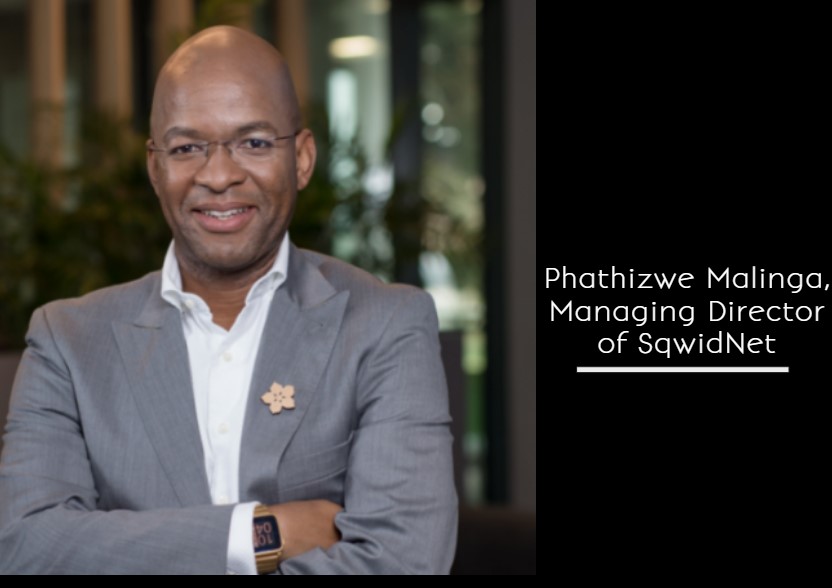
There is no doubt that the Internet of Things (IoT) can solve everyday challenges using technology, and with IDC predicting there being over 20 billion connected devices by 2020, we are seeing an emergence of more IoT technology, creating even more choice. However, when it comes to designing your own IoT solution, all this choice can be simplified.
IoT is as simple as ABC…D. That is, Application + Backend + Connectivity + Device. This means to design an IoT solution is as simple as making four choices. Just on partners.sigfox.com alone, tere are 71 applications (A), 99 backend platforms (B) and 524 devices (D)!
But what about connectivity (C)?
Recently, there have been several announcements around different network rollouts (C). How do you decide which network is most suited for you? According to Phathizwe Malinga, Managing Director of SqwidNet, deciding on the best network for your solution, like the other IoT elements, A, B and D, are dependent the problem you are trying to solve.
“There is space in the market for all different technologies,” he says. “We work with some great technology partners in the country and often when they are designing a solution, they use a combination of these technologies. For an IoT deployment to succeed, one must consider the challenge, context and the type of data that will be transmitted before deciding on the most suitable network, because each application is unique in its requirements.”
SqwidNet was launched in November 2016 as the Sigfox operator in South Africa. Sigfox today has a presence in 53 countries and covers over 1 billion people with its global network, allowing Sigfox Ready™ devices to roam at no extra cost. The SqwidNet network currently covers over 85% of the South African population, enabling millions of physical devices to be connected to the digital world.
“Each of the network technologies has their own advantages and disadvantages,” says Malinga. “Broadband, for example, is at the top end of the spectrum and it is used for communication that is data-intensive, such as sending video and images and making voice calls. The disadvantage of broadband is the high cost of data, and high data and power usage.” Just below that lies the LTE-M spectrum. It is used for powered devices like traffic lights, using less data and costs a little less, while still being high on power usage. “The mobile operators have then tried to go a little lower by creating narrow-band IoT (NB-IoT). Their focus here is strongly on connecting cities, and NB-IoT manages to get devices to use battery power, but the cost of connectivity isn’t significantly lowered.”
SqwidNet, on the other hand, operates a network that is a low-power wide area network (LP-WAN). There are currently two popular low power networks operating in this band in South Africa. “LoRA is a network that gives you the technology to deploy within a city, private residence or a mine, for example, and uses low power. The network, however, is usually run like a local area network (LAN) or Metropolitan Area Network (MAN),” he says. “Because LoRa is based on open-source principles, it means that there can be and are many connectivity providers. This means your LoRa device can only talk to the network that it’s signed up to. On the one hand, this is a nice security advantage because it means LoRa is well suited to stationary devices located in a remote town, like a mine. On the other hand, this means you cannot track assets-in-transit as soon as they leave that localised network.”
Sigfox sacrifices open-source and focuses on creating a shared economy business model. This means that ONE network provider runs a ultra wide area network across 53 countries! Malinga continues, “We operate in a very low band providing a low cost, low power network designed to extend the battery life of devices significantly, in some cases up to 15 years.”
Sigfox is an ultra-narrowband technology that operates in the Industrial, Scientific and Medical band. It is free to operate in that band, albeit sparingly, which is why it is more cost-effective.
But which is the best network to deploy IoT solutions on?
“The problem and the actual solution will determine which is the most suitable network to use,” says Malinga. “Take, for example, a self-driven car. In this case, you cannot afford to have any latency, so the most suitable technology would be 5G. The use case for a self-driving car is CONTROL. If, however, you are monitoring assets in remote areas with no access to electricity, then Sigfox would be a far more suitable and cost-effective option. The use case here is VISIBILITY.”
The IoT use cases that are out in the market vary across industries, with increasing demand in the retail, utilities, agriculture, and asset tracking fields, but essentially, they are all about control versus visibility. “The beauty of ultra-narrowband is that it extends the penetration of the signal significantly. Even when it is used in mine shafts, for example, you can use self-contained repeaters to extend the signal and ensure that any device tracking an asset is covered. This makes it much more suited to visibility,” he says. “Another key benefit of the Sigfox technology, particularly in the South African context, is that it is not jammable, so we are starting to see massive interest in the vehicle tracking space because of this feature. I do stress, however, that as your technology partner designs your IoT solution (choosing A+B+C+D), they will encounter the need for both use cases. We have seen some technology partners even mix the two use cases. An example of this is using Sigfox to detect movement, and then switching on a Wifi HD-Camera based on the alert received.”





